
Filter News
Area of Research
News Topics
- (-) Biomedical (10)
- (-) Microscopy (4)
- (-) Quantum Science (9)
- (-) Transportation (14)
- 3-D Printing/Advanced Manufacturing (19)
- Advanced Reactors (3)
- Artificial Intelligence (7)
- Big Data (10)
- Bioenergy (9)
- Biology (1)
- Biotechnology (1)
- Chemical Sciences (2)
- Clean Water (1)
- Composites (1)
- Computer Science (34)
- Coronavirus (14)
- Cybersecurity (2)
- Energy Storage (16)
- Environment (20)
- Exascale Computing (3)
- Frontier (1)
- Fusion (1)
- Grid (7)
- High-Performance Computing (2)
- Isotopes (1)
- Machine Learning (7)
- Materials (2)
- Materials Science (14)
- Mathematics (2)
- Molten Salt (1)
- Nanotechnology (5)
- National Security (1)
- Neutron Science (10)
- Nuclear Energy (3)
- Physics (2)
- Polymers (4)
- Summit (14)
Media Contacts
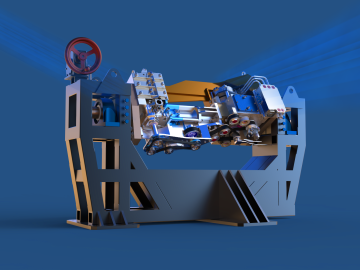
In the quest for advanced vehicles with higher energy efficiency and ultra-low emissions, ORNL researchers are accelerating a research engine that gives scientists and engineers an unprecedented view inside the atomic-level workings of combustion engines in real time.

Six scientists at the Department of Energy’s Oak Ridge National Laboratory were named Battelle Distinguished Inventors, in recognition of obtaining 14 or more patents during their careers at the lab.

Oak Ridge National Laboratory researchers have developed a new family of cathodes with the potential to replace the costly cobalt-based cathodes typically found in today’s lithium-ion batteries that power electric vehicles and consumer electronics.

If air taxis become a viable mode of transportation, Oak Ridge National Laboratory researchers have estimated they could reduce fuel consumption significantly while alleviating traffic congestion.

As ORNL’s fuel properties technical lead for the U.S. Department of Energy’s Co-Optimization of Fuel and Engines, or Co-Optima, initiative, Jim Szybist has been on a quest for the past few years to identify the most significant indicators for predicting how a fuel will perform in engines designed for light-duty vehicles such as passenger cars and pickup trucks.
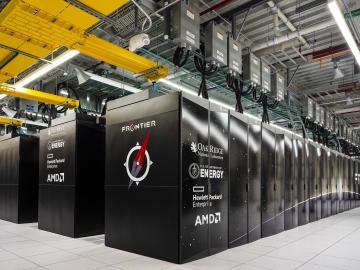
A multi-institutional team, led by a group of investigators at Oak Ridge National Laboratory, has been studying various SARS-CoV-2 protein targets, including the virus’s main protease. The feat has earned the team a finalist nomination for the Association of Computing Machinery, or ACM, Gordon Bell Special Prize for High Performance Computing-Based COVID-19 Research.

Scientists from Oak Ridge National Laboratory used high-performance computing to create protein models that helped reveal how the outer membrane is tethered to the cell membrane in certain bacteria.
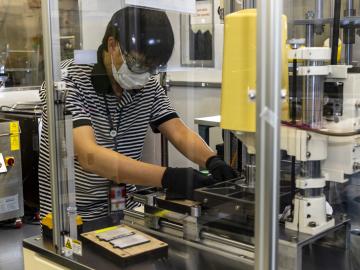
Soteria Battery Innovation Group has exclusively licensed and optioned a technology developed by Oak Ridge National Laboratory designed to eliminate thermal runaway in lithium ion batteries due to mechanical damage.
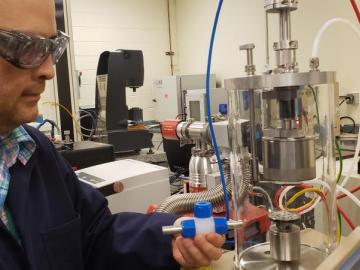
Four research teams from the Department of Energy’s Oak Ridge National Laboratory and their technologies have received 2020 R&D 100 Awards.
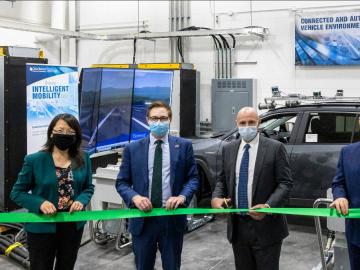
ORNL and Department of Energy officials dedicated the launch of two clean energy research initiatives that focus on the recycling and recovery of advanced manufacturing materials and on connected and


